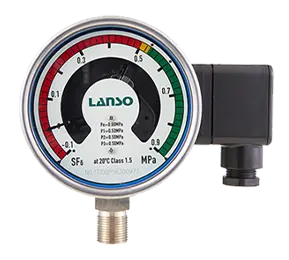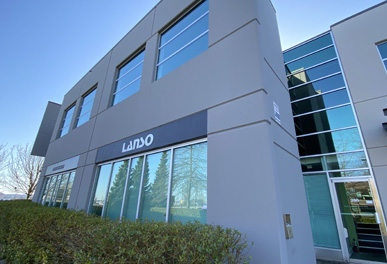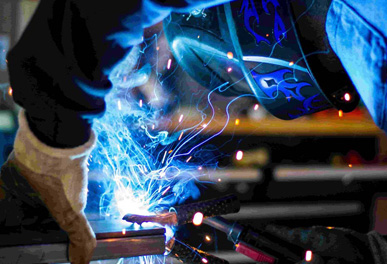According to the compensation method, SF6 gas in SF6 electrical equipment is sealed in a fixed container, and when there is no leakage, its density remains unchanged. In practical engineering applications, gas density is expressed in terms of its absolute pressure value at 20 ℃. As is well known, like other gases, the pressure of SF6 gas also increases with temperature and decreases with temperature. In order to relate pressure to density, gas pressure must be temperature compensated, and the various measured pressures at different temperatures must be converted to pressures at 20 ℃ to obtain the corresponding gas density. Currently, there are usually two temperature compensation methods for gas density relays: bimetallic compensation and standard gas compensation. SF6 relays in power grid operation are generally equipped with temperature compensation, and bimetallic compensation is usually used.
Bimetallic compensation SF6 relay
For density relays with bimetallic compensation, the pressure measuring element generally uses a Bourdon tube, and temperature compensation uses bimetallic sheets. The metal sheet acts as a temperature sensor, and its main working principle is based on the elastic pressure sensing element, the Bourdon tube. Using the bimetallic sheet (temperature compensation element) to correct changes in temperature and pressure, it can reflect changes in sf6 density. When SF6 gas is in a sealed container without leakage, its density remains unchanged, but its pressure increases with temperature and decreases with temperature.
Under the pressure of the measured medium SF6 gas, the density value of the gas can be displayed on the scale dial through the Bourdon tube, bimetallic sheet, core, and pointer. If a leak occurs and the density value drops to the alarm or lockout value, the relay will issue a corresponding alarm or lockout signal, monitoring the density of SF6 gas in electrical equipment and ensuring safe and reliable operation of the equipment.
Usually, a bimetallic density relay has only one bimetallic sheet and can accurately compensate only a certain range of gas density values. Because the pressure-temperature curve of different density values is different, if the same compensation parameters are used at different density values, compensation errors will occur. Moreover, the density relay generally has a range of use from rated pressure to lockout pressure, so there must be temperature compensation errors beyond the rated pressure.
When a gas leak occurs in the measured equipment, the density decreases, and because the compensation parameter at different densities is different, the bimetallic compensation element is still adjusted according to the original temperature compensation parameter, causing compensation errors. The indication of the SF6 relay and the actual density in the equipment will differ. When the actual value is less than the indicated value, the insulation of the operating equipment may have been broken down, and the density relay has not yet issued an alarm, which can cause great harm to the operating equipment and affect the safe operation of the equipment.
The key factors affecting the temperature compensation accuracy of the bimetallic compensation SF6 relay are
The matching degree between the bimetallic sheet and the Bourdon tube at specific parameters according to their pressure-temperature characteristic relationship. In practical applications, the matching relationship is difficult to calculate accurately, and high-precision temperature compensation is often difficult to achieve through repeated testing;
The linear relationship between the end displacement of the Bourdon tube and the pressure it bears within the temperature range of use. A high-performance Bourdon tube must be used;
The linear relationship between the end displacement of the bimetallic sheet and the temperature within the temperature range of use. A high-performance bimetallic sheet must be used.
Standard gas compensation SF6 relay
The structure of a density relay with standard gas compensation is more complicated, and the equipment volume is larger, so it is relatively less used in the power industry. Generally, the pressure measuring element uses a corrugated tube and the temperature compensation uses a sealed standard gas. The structure is composed of a sealed gas chamber, corrugated tube, signal triggering mechanism, micro switch, and display unit.
Under normal circumstances, this type of SF6 relay has only one standard gas chamber, which can only compensate for gas density values at the corresponding pressure, while the range of use of the density relay is generally from rated pressure to lockout pressure, so there must be temperature compensation errors.
The key factors affecting the temperature compensation accuracy of the standard gas compensation SF6 relay are
The accuracy of the inflation pressure in the standard gas chamber. As long as accurate inflation is achieved, high-precision temperature compensation can be easily achieved;
The sealing performance of the standard gas chamber within the temperature range of use. Since this type of density relay is complicated in production process and has multiple welding processes;
The performance of the corrugated tube within the temperature range of use;
The gas pressure of the standard gas chamber within the temperature range of use cannot be liquefied.







